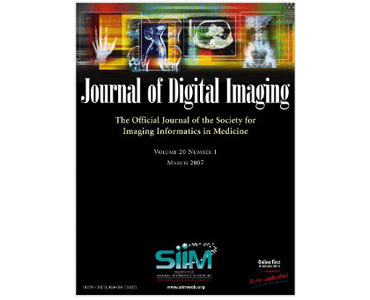Quantifying normal head form and craniofacial asymmetry of elementary school students in Taiwan. C-K Hsu, RR Hallac, R Denadai et al.
Date: December 2019. Source: Journal of Plastic, Reconstructive & Aesthetic Surgery, Volume 72, Issue 12, Pages 2033-2040. Background: Defining three-dimensional (3D) normal craniofacial morphology in healthy children could provide craniofacial surgeons a reference point to assess disease, plan surgical reconstruction, and evaluate treatment outcome. The purposes of this study were to report normal craniofacial form…





